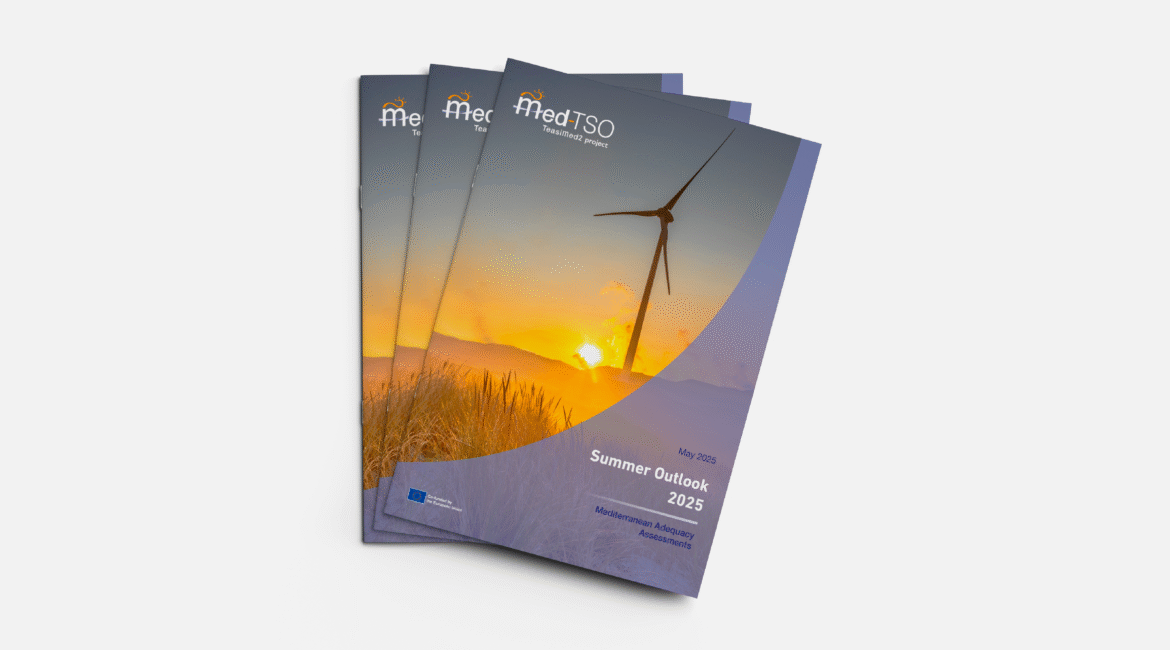Will the Mediterranean region be ready to meet electricity demand during the upcoming summer months?
This was the central question addressed during Med-TSO’s public webinar held on May 20, where the association presented its Summer Outlook 2025. The session unveiled key results on system adequacy and explored the preparedness of generation resources and interconnections across the region. It also provided a space for expert discussion and reinforced Med-TSO’s commitment to regional coordination and long-term planning.
Med-TSO adequacy studies for the incoming summer of 2025, assessing the projected electricity adequacy for non-EU member countries, indicate a largely stable supply outlook for the region. The assessment, aligning with global best practices and EU regulatory developments, evaluates the security of electricity supply using probabilistic criteria to account for the stochastic nature of renewable energy systems and evolving market conditions.
In his opening speech, Secretary General Angelo Ferrante highlighted that this Summer Outlook 2025, the fifth report on adequacy delivered by Med-TSO using only internal resources, was born from our member countries’ meticulous analysis and deep collaboration. “Med-TSO’s objective, as always, is to ensure our power systems are technically prepared for the upcoming summer”, he affirmed while encouraging active engagement and constructive contributions from all participants.
The Summer Outlook 2025 focused on six Med-TSO countries: Morocco, Tunisia, Libya, Egypt, Jordan, and Lebanon. It covered the period from May 26 to October 5, 2025. Key adequacy indicators such as Loss of Load Duration (LOLD), Loss of Load Expectation (LOLE), and Expected Energy Not Served (EENS) were utilized to provide a comprehensive analysis.
As explained by Med-TSO experts during the webinar, the assessment employed a two-step approach. First, it evaluated adequacy under isolated system operation before determining the impact of interconnected systems. Sensitivity analyses were also conducted to identify each country’s most severe climatic scenarios.
The outlook concludes that most of the surveyed countries have a very low adequacy risk, suggesting a robust electricity supply for the upcoming summer season.
The findings highlight the importance of continued monitoring and strategic planning to ensure energy security across the Med-TSO region, particularly with the increasing integration of renewable energy sources and the need for enhanced system flexibility.
So, will the Mediterranean region be ready?
According to the Summer Outlook 2025, the answer is yes—at least for most non-EU countries in the region. But readiness is not a static achievement. As highlighted throughout the webinar, ensuring future adequacy will require ongoing collaboration, forward-looking planning, and resilient system design in the face of growing climate challenges and evolving energy landscapes.

